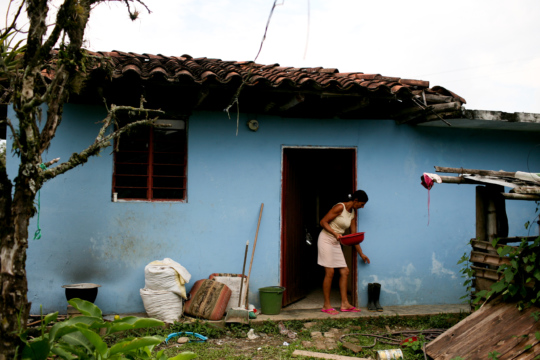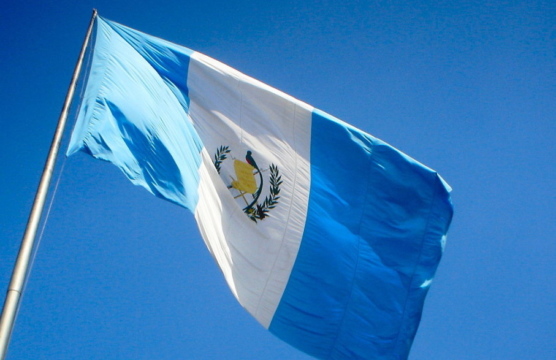
Are Countries Making Progress in Fighting Corruption?
Which countries in the region are making strides in fighting corruption, and which are falling short?
Which countries in the region are making strides in fighting corruption, and which are falling short?
This document offers an introduction to the migration dynamics in Guatemala and proposes an approach to leverage opportunities.
The following is a sample of RIO’s monthly newsletter related to net migration flows from Mexico and Central America to the US.
The surge of child migrants from Central America has put the issue of immigration back on the table.
The emigration and return of hundreds of thousands of Central Americans each year, often under difficult circumstances, represents a profound challenge for the region.
La noticia de la aprobación del PAP ha planteado muchas interrogantes acerca de su significado, implementación e impacto.
One of the greatest challenges that the Central American region faces is ensuring that economic development is sustainable and equitable.
Obama has acted decisively to push through immigration reforms but the scope of his efforts remain unclear.
Tens of thousands of children have been apprehended at the US border over the past year.
In its fourth edition, the Remittances Scorecard ranks 30 companies working in 11 Latin American and Caribbean countries. It evaluates them across 12 indicators to assess their performance and competition in the money transfer industry.
Despite the economic importance of migration, Central American governments have lacked integral policies to leverage migration for development.
This report card seeks to strengthen the capacity of national groups to analyze education policy in Guatemala
The child migrant crisis is a byproduct of years of political and social factors in the Central American region.
Differences in the results obtained from Honduras and Guatemala indicate that “context matters.”
Este artículo presenta resultados sobre el impacto de la política fiscal en la desigualdad y la pobreza en dieciséis países de América Latina. Los países que más redistribuyen son Argentina, Brasil, Costa Rica y Uruguay, y los que menos, Guatemala, Honduras y Perú.
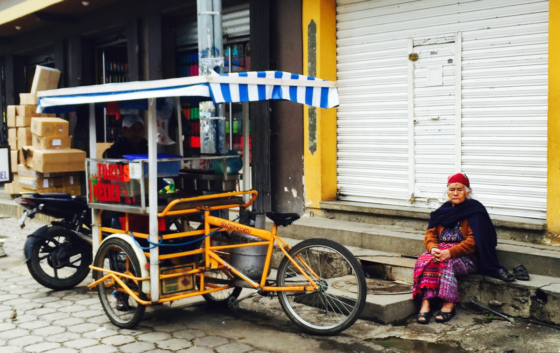


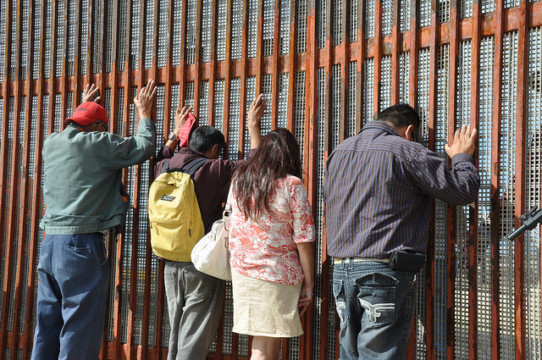
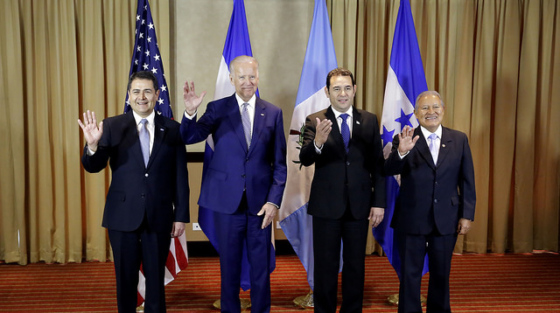
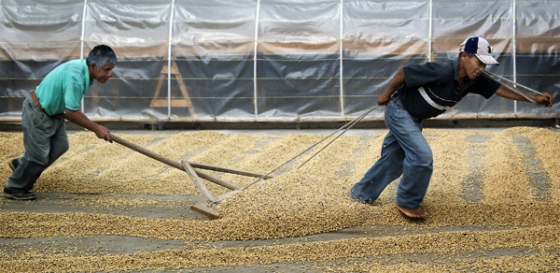
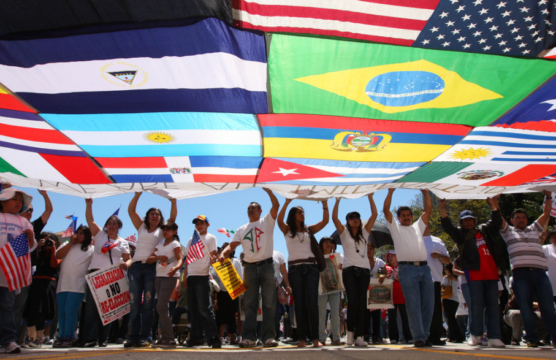
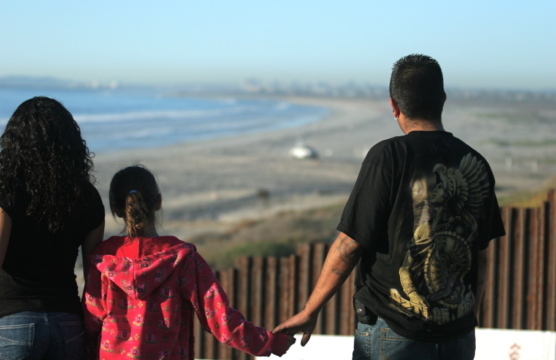
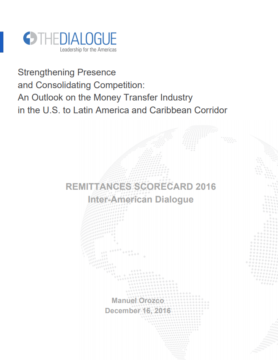
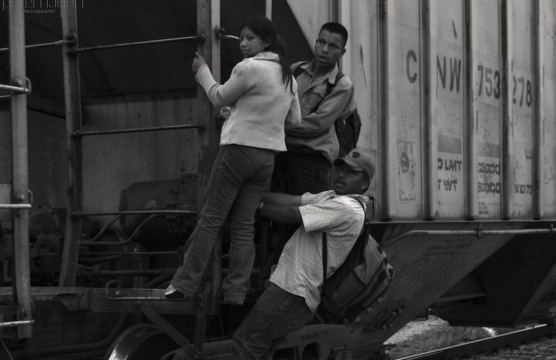
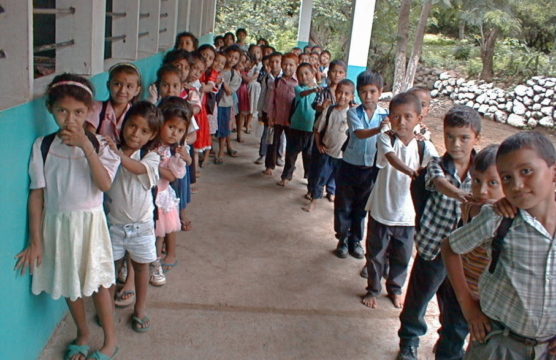 Video
Video
